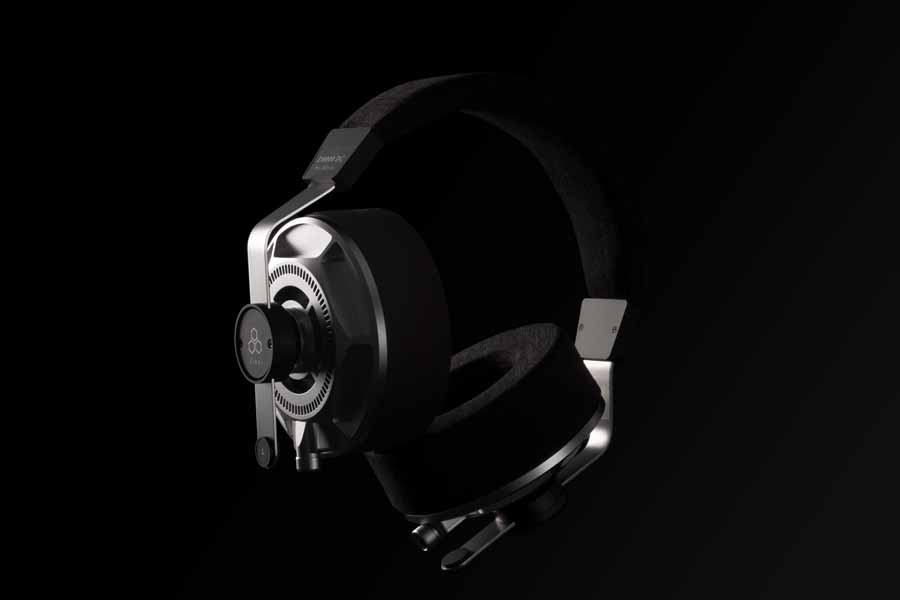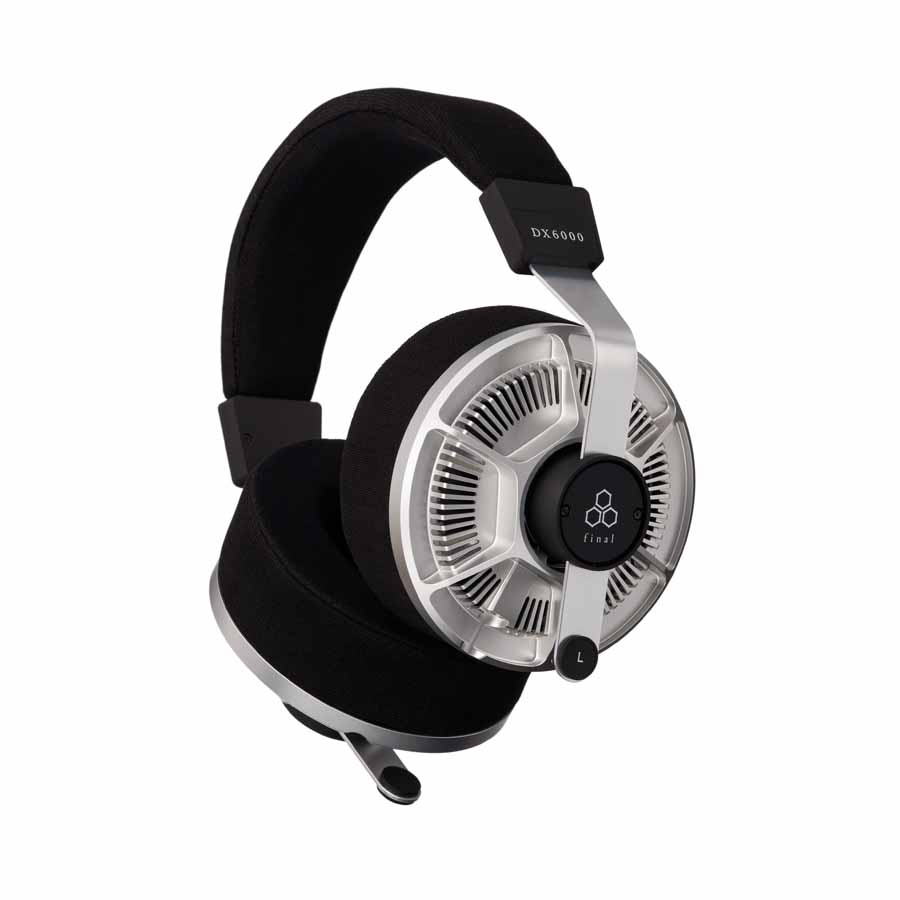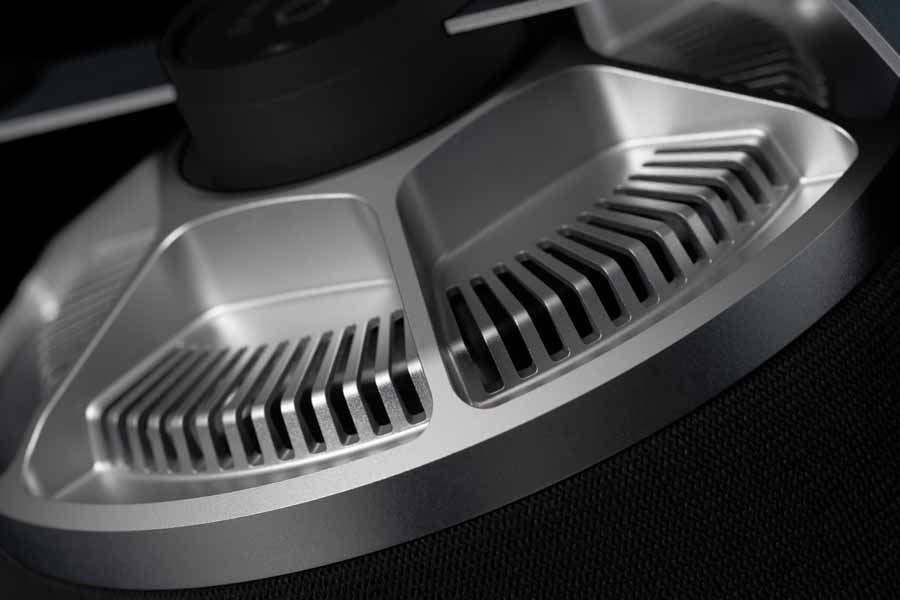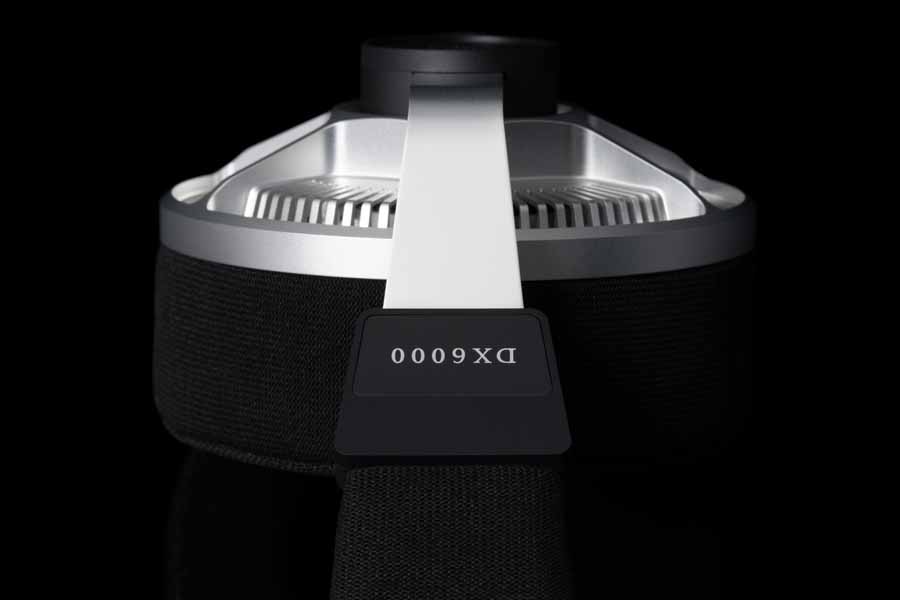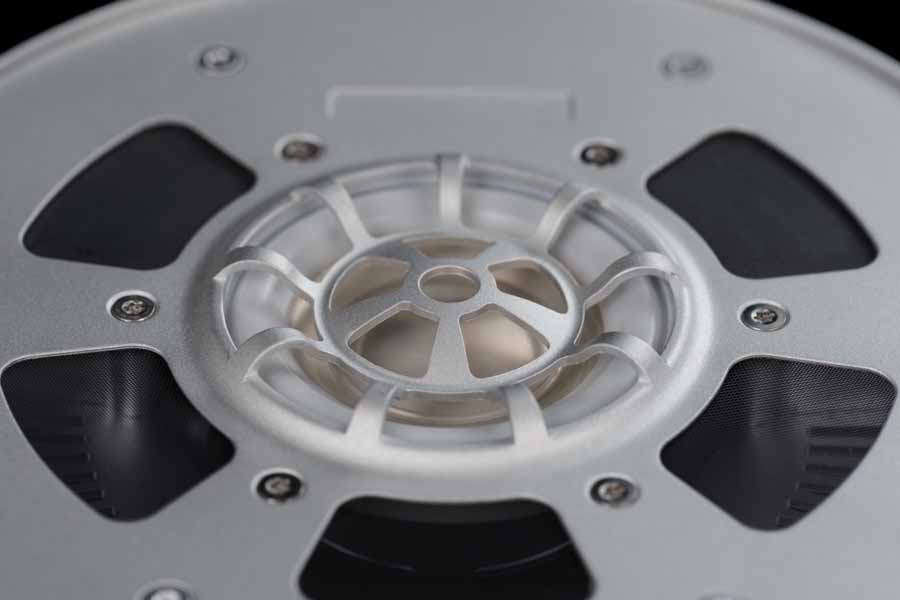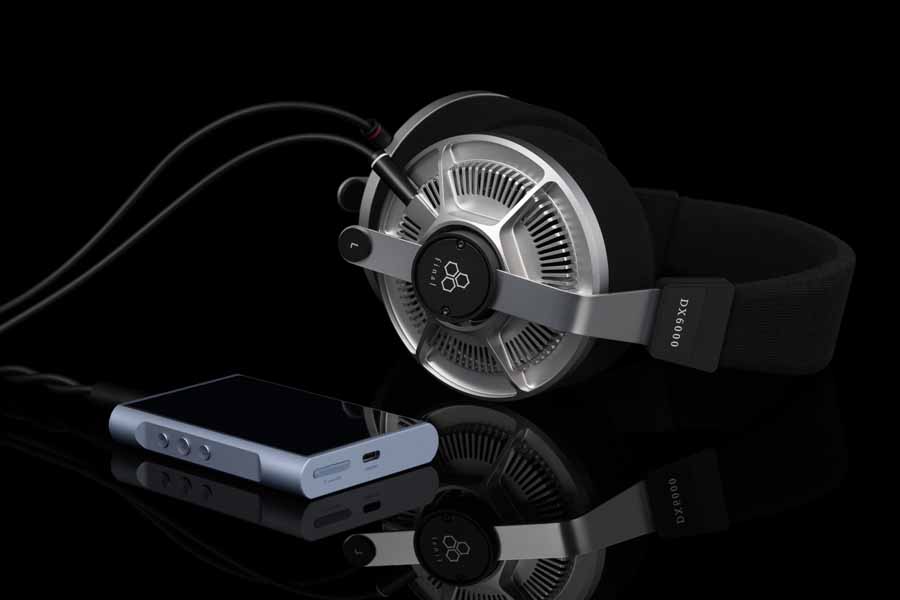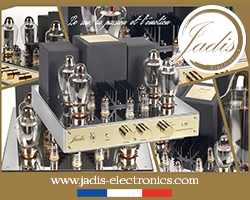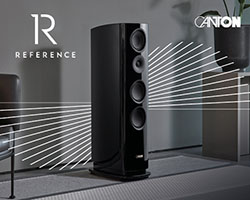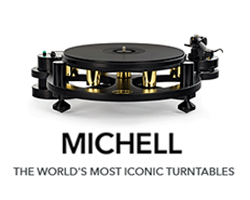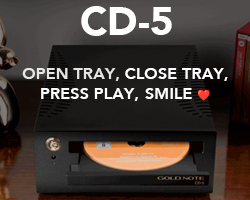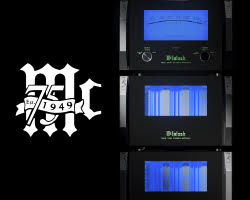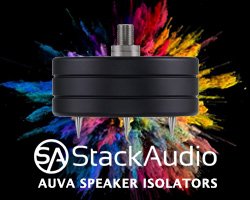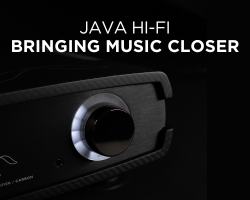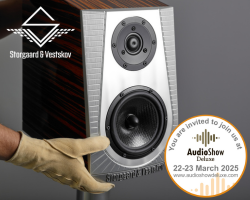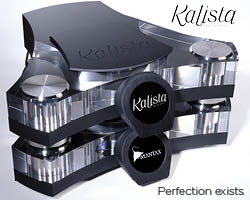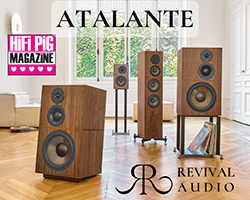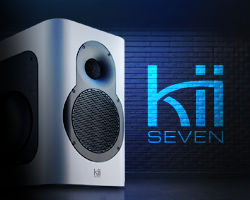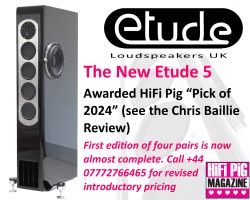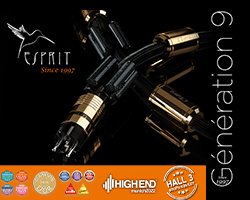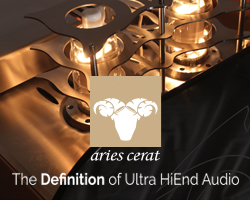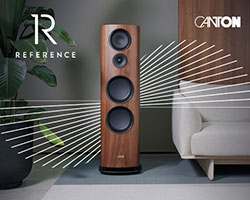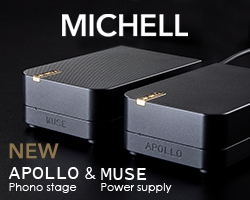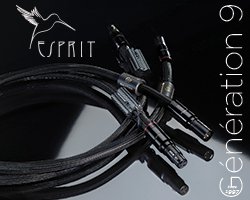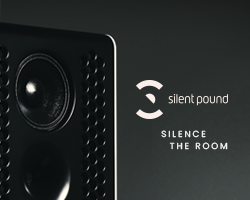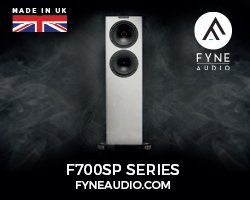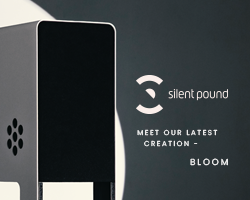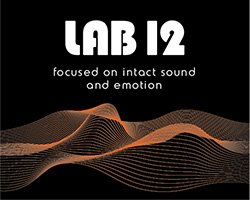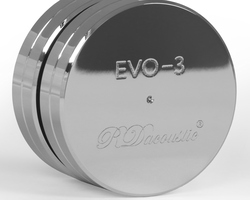FINAL DX6000 HEADPHONES REVIEW
Final DX6000 headphones cost £1899 and are a brand new open design from this Japanese brand. Janine Elliot takes a listen for HiFi PiG

I have written reviews on Final headphones and IEMs in the past, and was so amazed by the sound of one of them that I now regularly use the ZE8000 IEM with my Astell and Kern DAP. The build and sound quality have always impressed me.
Final comes from Kawasaki, Japan, a town famed for its part in Japan’s industrialisation. It also has iconic temples and museums, oh, and incredible motorbikes, if you hadn’t already guessed. Just as Kawasaki Heavy Industries Ltd does more than just make motorised bicycles, Final has produced more than just its own earphones and headphones. They also design and manufacture products for other manufacturers.
The history of Final is a tad confusing, as it goes back to 1974 with Final Audio Systems (FAD) and the late Kanemori Takai and with a lot more than just headphones. For the headphone manufacturer Final, though, the story begins in 2007, with the company beginning as a subsidiary of the major American connector manufacturer Molex. In 2014, it went independent through a management buyout.
Final’s philosophy is to create a product that will be respected by the owner as they would a wristwatch, one that hopefully becomes an antique in the future.
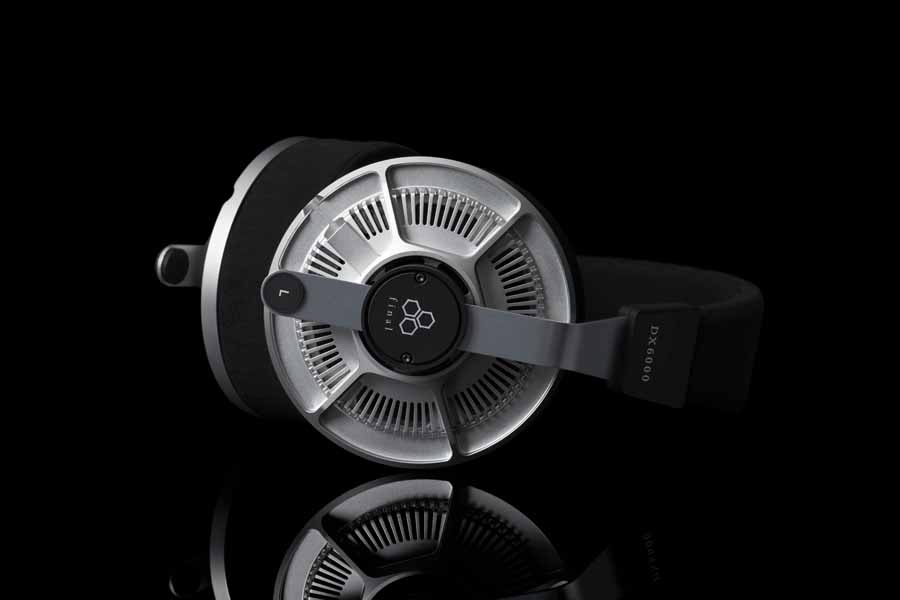
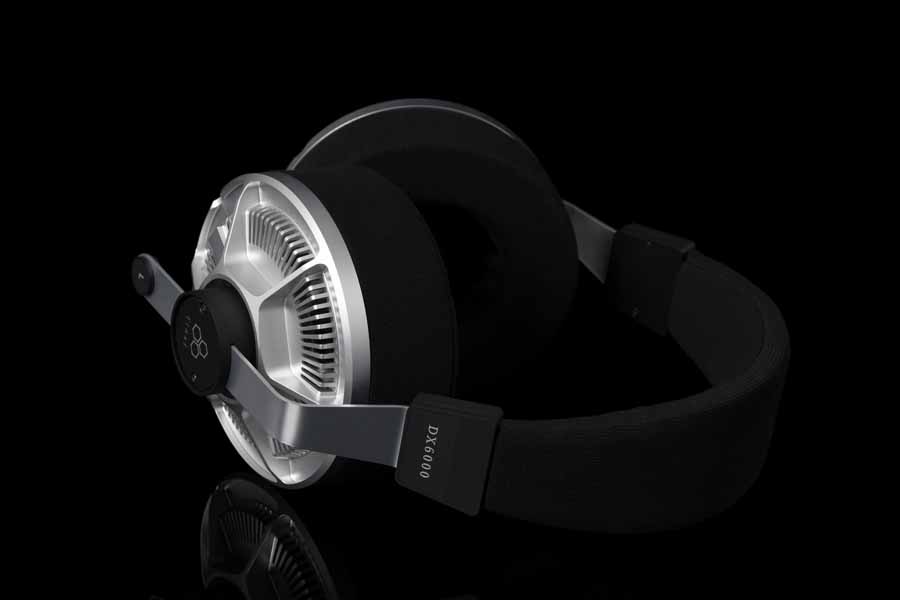
Their headphones certainly are distinctive, particularly the D8000 Pro I reviewed in 2022, or their ZE8000 IEM with its unusual “stick” design in 2023. They value their products so much that they even offer facilities for repair and regulation. The brand’s concept is simple: “the comprehensive pursuit of things that are fundamentally right”. Unlike master watchmakers using old techniques to produce their works of art, Final’s keenness to produce products using cutting-edge technology includes them now using 3D printers in the manufacturing process.
Would their mid-priced DX6000 at £1,899, supplied in its own carrying case, sound right to me, though? This is the first model in their new “DX” series of headphones, engineered from the ground up, and is a completely new technology, representing what they call a “new sonic philosophy” producing a speaker-like listening experience. I’m used to Stax’s “Ear Speakers”, so could it possibly compete with or better that?
This is a dynamic headphone, not planar. I generally prefer the former, the technology invented by Mr. Kellogg and Mr. Rice, now celebrating its hundredth year, even as the latter seems to be getting very popular these days. The DX features an ultra-lightweight magnesium dome diaphragm; Magnesium is chosen for its rigidity and neutral acoustic properties. This achieves low distortion and a fast transient response, like planar’s. Using such a metallurgy creates challenges in processing, so Final has deployed an advanced oxidation treatment and edge folding to “perfectly balance durability and sonic performance”.
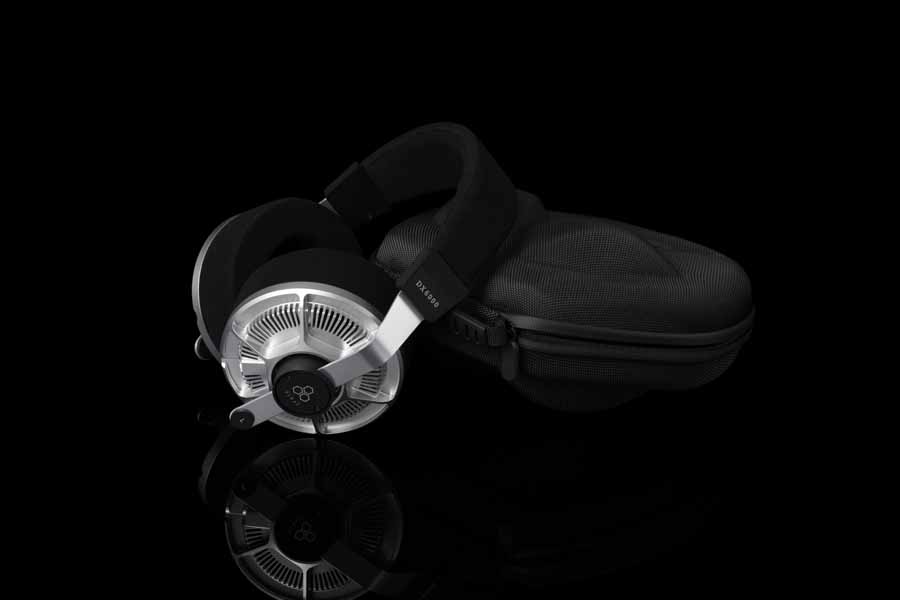

DESIGN AND BUILD OF THE FINAL DX6000 HEADPHONES
The newly developed large-diameter dynamic driver diaphragm is housed within a monolithic injection-moulded structure using a proprietary adhesive-free silicone foam surround. Final have utilised this construction method as it removes unnecessary weight and will deliver perfect piston motion, resulting in a very dynamic, detailed and effortless soundstage. Final have also developed a “free-air” wired aluminium coil to complement the diaphragm design, made with trace element doping for enhanced conductivity. With the elimination of traditional bonding points and even solder connections, they hope to deliver an unrivalled purity of sound, with a reduction of resonances associated with traditional designs.

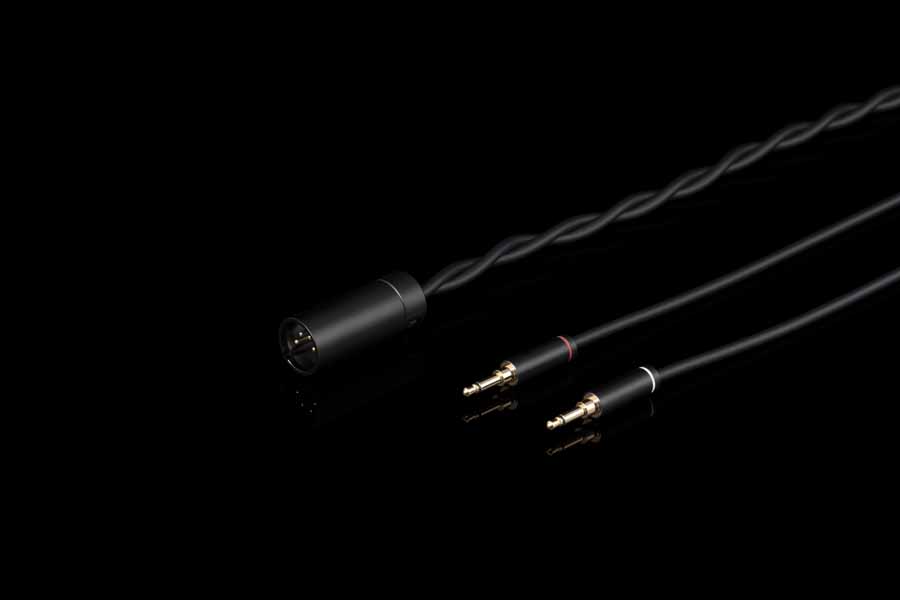
The internal acoustic network has been tuned to give an accurate high-frequency response that is free from harshness. They aim to produce a purity of performance across the complete frequency range to mimic the linearity of a well-designed loudspeaker. Due to this design, the driver has an exceptionally low resonant frequency (f₀), and with a powerful bass, bearing in mind it is not relying on a sealed enclosure. Thus, the DX6000 has a fully open housing structure, where the front and rear enclosures are, in their words, “seamlessly connected”. This should produce a natural flow of air vibrations from the driver to the ear, something that has been particularly important to a number of headphone/IEM manufacturers, such as Flare Audio headphones and IEMs in the past. In my listening, the fact that there was plenty of air allowed me to have long listening sessions without the feeling of being “boxed in” like so many closed (and some open) -back headphones, and I was quite astounded at just how extended and controlled that bass-end was.
The DX6000 headphone is fairly lightweight, coming in at 363g excluding the cabling, and with its open-back design should allow long listening sessions (for comparison, Dan Clark Audio’s Ether 2 planar is under 290g). They feel well balanced over the ears and comes with a thick foam ear pad to give you good comfort and excellent ventilation. The ear pads are made from a special fabric using washi paper (a traditional Japanese paper made from bark of the gampi tree). Supplied is a 3-metre OFC balanced XLR cable.
At £1,899 the headphones look great, but I really feel for this price they should also have added a balanced 4.4mm Pentaconn cable, as not everybody has (or is able to get hold of, as in me) a headphone amplifier with 4-pin XLR sockets.
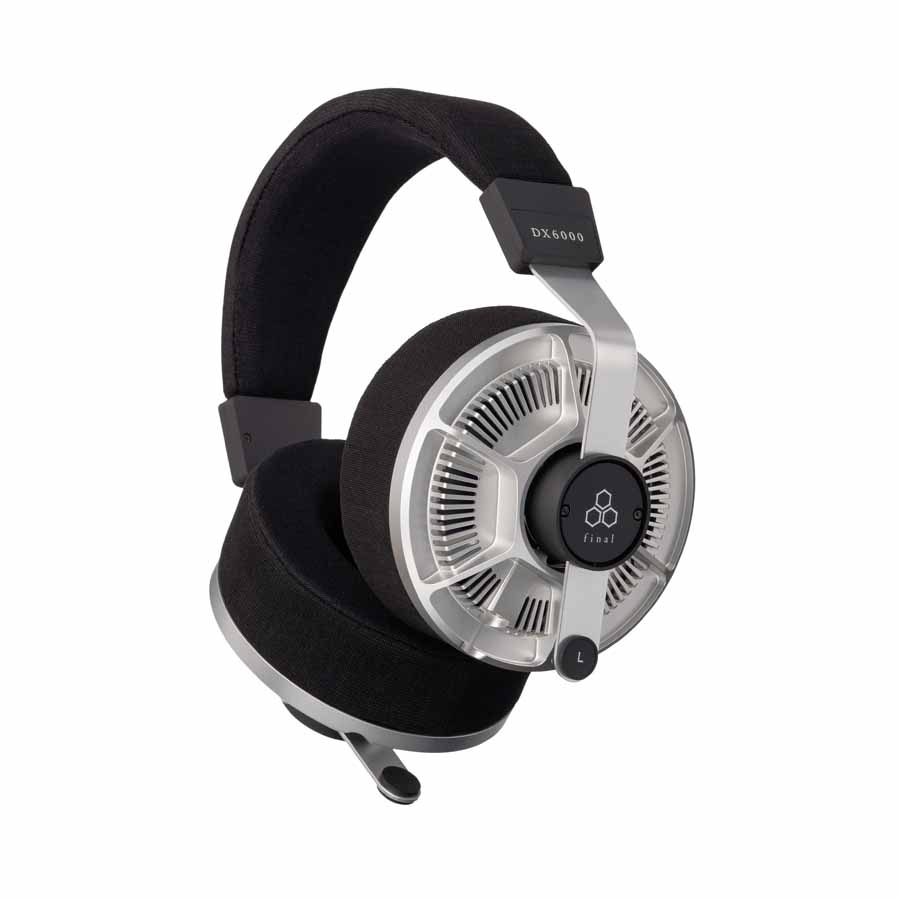

SOUND QUALITY AND COMFORT
For most of the review, I used a 4.4W Hifiman EF400 headphone amplifier. You really do need those Watts, as the headphones are extremely inefficient, at 83 dB/mW as opposed to the 98 dB from the more expensive D8000 (and 110 dB from Beyer DT1990s, etc).
The impedance at 1kHz is 47Ω, and that increases even further at higher frequencies. However, when you are able to pump it with several watts, it starts to show you what it is capable of. Yes, all that spiel about openness, air movement around the driver preventing a feeling of a “pressurised” cabin, and the extreme openness from all frequencies, is not just sales talk. My listening sessions came up with those same conclusions very quickly. Most sources were digital into the Hifiman, but I also tried analogue sources into my Slee and Brocksieper amps and also an ECC83-based amplifier I designed many years ago, using a different cable, just to see if it could ever be used in more “mobile” situations. No, to really appreciate this masterpiece you really do need a “stationary” amplifier with lots of juice!
Jazz Masters “When I’m Blue” (B. Tate) has some great drumming in the left ear, tenor sax in the right ear and a Hammond organ in the middle. This had such detail and openness that the production from the headphones was as unstressed as the Andante tempo of the music itself. The close-mic’d tenor saxophone had audible breaths from the performer as well as the sound of the air moving through the holes of the instrument. This was precision at its finest, and even the tumultuous percussion buildup of drumroll and extended bass at 3 minutes in was so clean. I normally feel the pressure of the sound at this point, forcing my ears like a vice. But not this time.
John Barry’s “The Beyondness of Things” theme song from the film has long silky string sounds and short double-bass beats adding bass power. This was organic, full-bodied music at its best, beautifully orchestrated by the DX6000. The solo flute melody is beautifully poetic with no harshness of sound. That clarity and openness continues in Mozart’s ‘Missa in C’ KV66 “Kyrie” (Philips, The Complete Mozart). Mozart’s work is often thought of as music from heaven; scientists once played Mozart to one plant whilst it grew and at the same time AC/DC to another plant pot, with the result that the former grew tall and the latter wilted, and the music here was just as good for my own health, though I don’t want to get any taller.
Continuing with classics, Holst’s ‘The Planets’ is ideal music for the reviewer; full of extremes of loud-softs, highs-lows, fast-slow, thick-thin and plenty of tensions-tranquillity. With “Mars – The Bringer of War” that tension is all around us; loud brass rhythms and highs and lows, and then in “Venus – The Bringer of Peace” we have an opposing space and tranquility, plus in the silences annoying deep vibrations of lorries going past the Sofiensaal concert hall in Vienna, where it was recorded! The deep and long cello melodies are so clear, as are the precise phrases from the glockenspiel in the highest registers. The DX6000 really did the music proud. Not only was it clear and as delicate as planars, but it could also perform those long deep notes with a solid punch and fluidity.
Sting’s “A Thousand Years” (from ‘Brand New Day’) begins with an incredibly low “burble” that many headphones just aren’t able to give justice to. The Final certainly wasn’t foxed at all; here it was clearer and extended further than I have heard before. The precision from the percussionist’s tom-toms and cymbals really sound so resolute, and then Sting’s inimitable voice singing about an endless life just forces your attention further. That clarity and transparency was just so good.
The magic from percussion continued in Wings’ “Bluebird”. Appearing in ‘Band on the Run’ in 1973, it was probably written two-to-three years earlier when Paul McCartney was in Jamaica. With guiro drum on the right and bar-chimes on the left giving a bossa-nova rhythm, this is a highly addictive track, clearly focused by the headphones. Everything was transparent and musically rendered. If I ever felt any worries in anything I played, though, it was just that it was all just too easy. There was no ‘emotional’ emotion, it was perhaps just a little reserved. “Mrs Vandebilt” has a solo acoustic guitar on the left, very clearly detailed with warmth across all frequencies.
To push me out of my comfort zone next through the cans was Massive Attack’s “Safe from Harm” a track with lots of different instrumental and vocal melodies intertwined. The track had plenty of speed and detail from the female vocals, repeated bass riff and electronica, all happening in their own defined space between my ears. I’m not normally excited to hear this track, but the headphones really opened up the sound with lots of “air” between the instrumentation, singing, and spoken words. I normally suffer from claustrophobia with this music on headphones, particularly the closed-back variety, but here it was open and with remarkable presence.
Finally, Philip Glass’s Symphony No. 6, the “Plutonian Ode” symphony, and based on the words of the poem written by Allen Ginsberg; a 20th century work of the minimalist period occupied with other composers such as Reich and Reilly, where different notes are continually repeated and built upon, changing the tone and timbre of the music. You need fine speakers to give this music its full dues and Lauren Flanigan (who it was written for) singing away and the Bruckner Orchestra give a fine account here. Deep piano lines, long stringed accompaniment and the soprano singing her woes. Everything is perfectly placed and a relaxing aura results from these headphones.
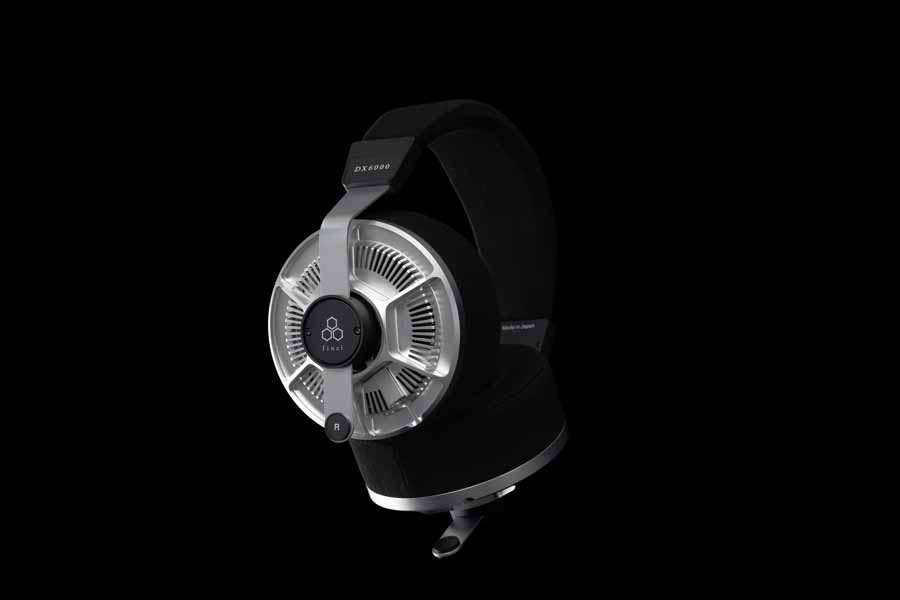

QUIBBLES
For me, it really is just that cable. It looks great and is very light, but perhaps the addition of a thinner, more conventionally terminated cable would have been a desirable option.
CONCLUSION
I really grew to love these headphones in the short time I had them to review; they are certainly very quick and transparent, and I was very impressed by the extreme bass that is possible from such an open-designed product. It worked with an effortless presentation on all genres of music, and would also be an ideal professional sound recordists’ personal monitor as nothing gets past it. If it had only been more efficient there would possibly be more desire for this product, but if you have the watts, a 4-pin XLR socket, and the money, then this will be a highly desirable personal listening tool.
AT A GLANCE
Build Quality:
Very good build quality including cables and semi-hard case
Sound Quality:
Excellently extended bass and transparent across all frequencies
Value For Money:
Excellent value at £1,899. Brilliant build and sound quality on all types of music
We Loved:
Bass extension
Exceptional spatial presentation
Effortless sound
Comfort
Build quality.
We Didn’t Love So Much:
Low sensitivity and only supplied with 4-pin XLRs
Price:
Janine Elliot
Elevator Pitch Review: I know that when I put Final headphones over my ears, I am going to get an excellent sound and good comfort. I was very impressed with their £4k D8000 when I reviewed them a while back. At under half that price, the brand-new DX6000 wasn’t just half as good; this was an exceptionally open and natural performer, with a full frequency range and with its clever design that stops pressure build up, giving me a deep bass that didn’t make me feel like my ears were stuck in a vice. At £1,899, this deserves its place on your head if you have enough watts and the money in your wallet.
Supplied Specifications
· Sensitivity: 83dB/mW
· Impedance: 47Ω
· Weight: 363g (excluding cable)
· Cable: 3m OFC XLR


















































